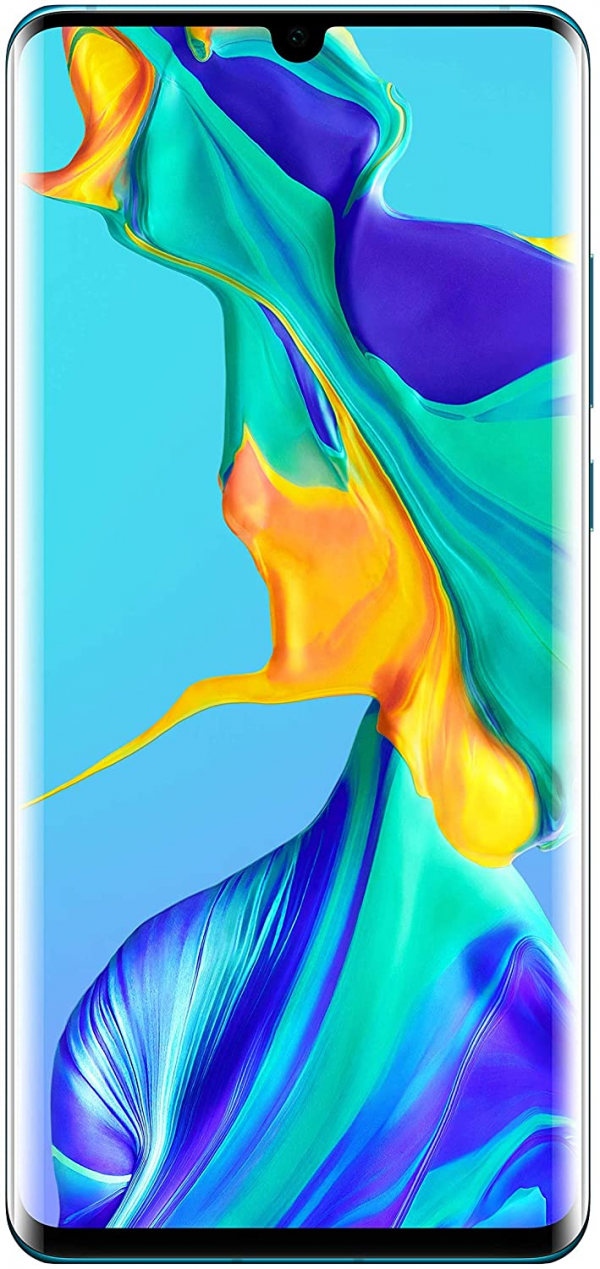Huawei
Huawei P30 Pro: excellence and sobriety
Aprox. 719€ - see price -
See specificationsAfter the Galaxy S10 and its three photo modules, make way for the Huawei P30 Pro which inaugurates for the first time a "5x zoom" on a consumer smartphone and which promises to offer you new photographic horizons.
Our review
Presentation
Updated 05/20/2019 at 02:20 PM
Attention, Google having ended its collaboration with Huawei / Honor, the future software of the launch mobiles is pending. We cannot advise you to invest in this mobile for the moment, its rating could be lowered soon.
Six months after unveiling its Mate 20 Pro, Huawei returns to attack with its P30 Pro. The latest addition to the P family, which is traditionally dedicated to photography at the Chinese manufacturer, this mobile is also a fierce competitor to the Galaxy S10 and the iPhone Xs. And who says fierce competitor also says high price, since the P30 Pro is sold around € 1,000.
With its 6.5-inch screen and especially its three cameras on the back, the P30 Pro will chase photo fanatics. Successful bet? This is what we will see ...
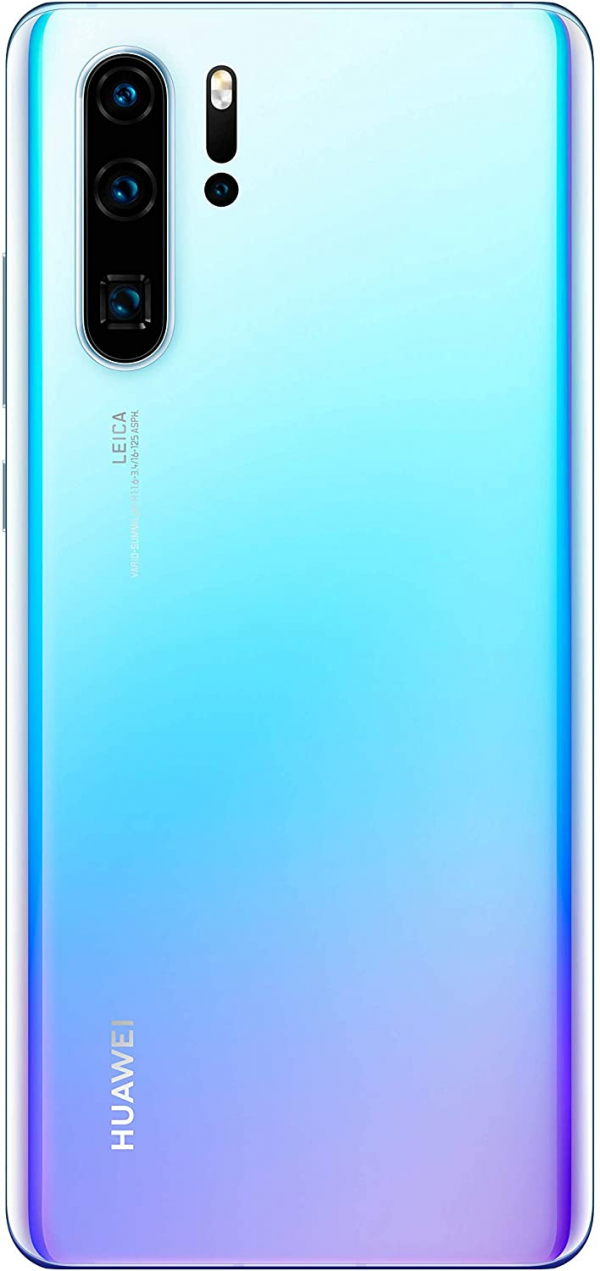
Ergonomics and design
For the design of its P30 Pro, Huawei did not go very far since the phone strongly resembles the P20 Pro released last year, with some marginal improvements. The glass back is a little more curved and the arrangement of the photo modules is more harmonious with a single optical "island". On the other hand, the latter is quite prominent, which will have the effect of making the telephone wobbly when it is placed on a table.
The front panel is occupied almost 90% by the screen, which is also curved elsewhere. It gives the phone a very elegant look, but we have happened to accidentally press the edges of the screen more than once. Aesthetically and from an ergonomic point of view, we are getting quite close to what Samsung can do, even if the build quality of an S10 + is still a notch above today. The fault with a glass back a little less dense than that of the S10.
However, by slightly improving its recipe compared to last year, Huawei has again delivered a successful phone with impeccable finishes. In addition to that, it embeds all the technologies expected on a current high-end mobile: a USB-C socket, NFC, the capacity to accommodate two SIM cards and of course a waterproof certification which guarantees a certain peace of mind. spirit in case of accidental bathing.
We even have the right to the fingerprint reader under the screen as on the S10, Mate 20 Pro and other OnePlus 6T. This optical sensor is not necessarily the fastest and requires a little time to adapt, but once you have taken the hand (you have to crush your finger firmly on the glass), the mobile almost unlocks every time.

Screen
As is now the case for all ultra-high-end phones, the P30 Pro is fitted with an Oled screen. A technology that has the advantage of being less energy-consuming than an LCD screen and of displaying better contrasts. And even beyond that, we can say that Huawei has gone to great lengths to offer a quality screen.
First of all, once the "Normal" screen profile and the "Default" color temperature have been selected, we obtain a hair colorimetry. The Delta E is 2.6 - so below the threshold of 3, below which we consider that the human eye does not perceive colorimetric drift - and the color temperature reaches 6597 Kelvin, half a hair's distance from the perfection. No worries, you can admire your photos on a quality screen.
The same goes for the general readability of the device. Thanks to its maximum brightness of 670 cd / m² and its very limited reflectance, the screen of the P30 Pro remains legible in all circumstances. Able to go down to 2.7 cd / m², it won't burn your retina either if you are a fan of night surfing on the web. And of course, thanks to the Oled the contrast is "infinite".
Finally, thanks to a tactile delay measured at 75 ms and a remanence at zero - thank you Oled - the P30 Pro is a real pleasure to use. Responsive and fluid, the screen is perfect for browsing the Internet, within your applications and the OS. Here too, Huawei doesn't do quite as well as Samsung, but it's still very successful.
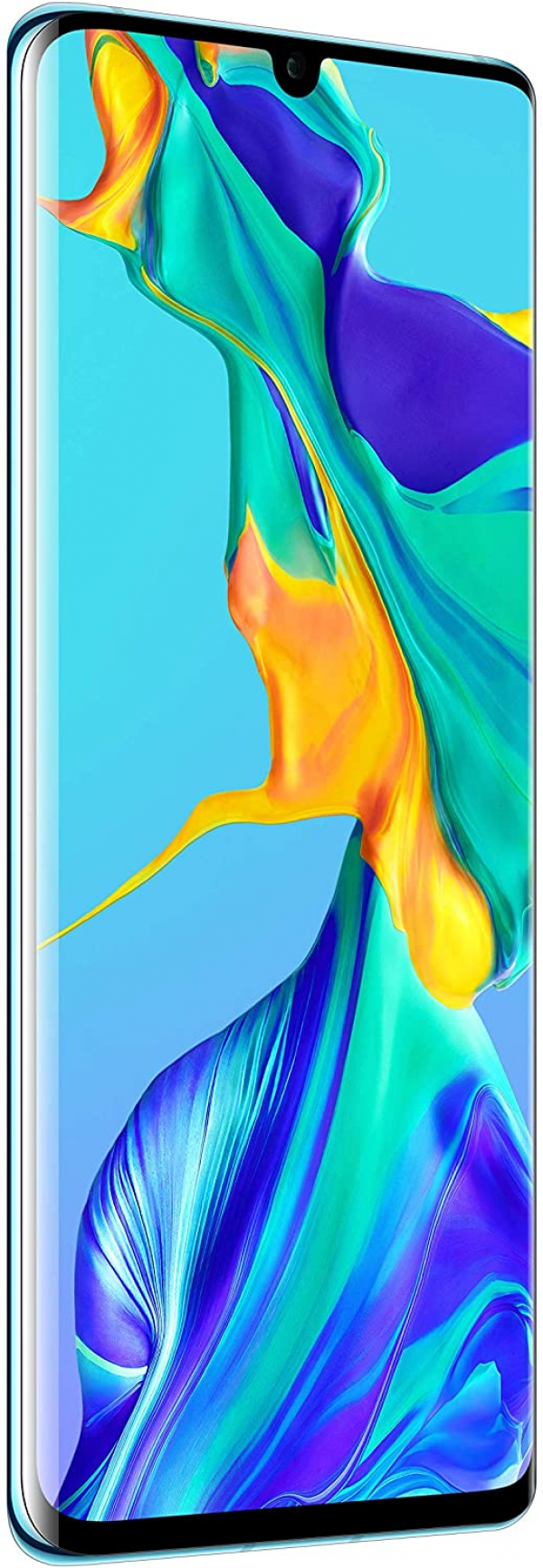
Performances
Not surprisingly, with a Kirin 980 house chip and 8 GB of RAM, the P30 Pro runs with admirable fluidity and we have never encountered a lag or a bug. The telephone is a real pleasure to use.
The phone never gets too hot, whether after long photoshoots or wild games. No need to worry about that side.
The P30 Pro is also a very nice machine to play thanks to its steroid graphics processor and its beautiful screen. A game like Asphalt 9 runs with top graphics and flawless fluidity.
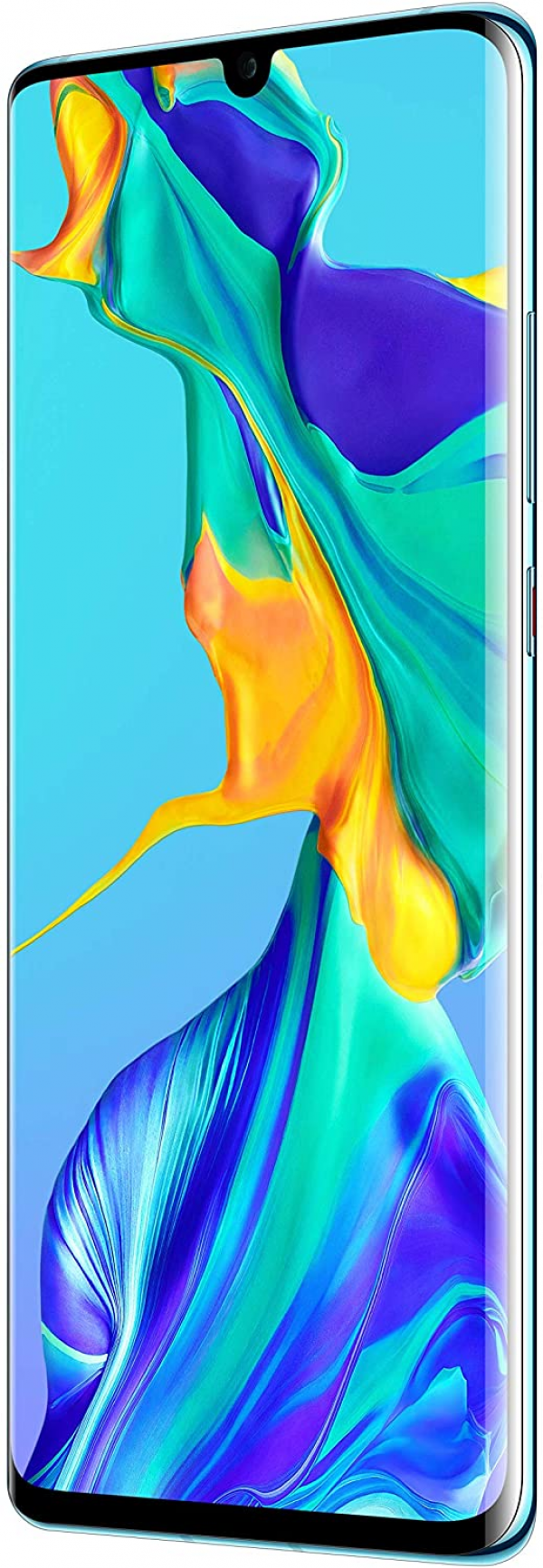
Audio
The P30 Pro being deprived of mini-jack and arriving with no adapter in the box, it is impossible for us to do our usual battery of tests. The single speaker present on the lower edge for its part delivers a powerful and fairly complete signal. A rare fact on smartphones. We also got to grips with the USB-C headphones quickly.
The mini-jack socket is becoming increasingly rare on smartphones and tablets, Bluetooth becoming the preferred means of connecting headsets ...
The supplied earbuds have a design that is reminiscent of the famous Apple Earpods. Comfort is very honorable. The headphones easily find their place and the support is very correct. On the other hand, do not expect to be in your musical bubble, the passive isolation being almost zero.
In terms of sound performance, this pair of headphones ensures the minimum. The sound is certainly warm and very soft, but it frankly lacks precision and sharpness. The bass is very round and, despite the format of the headphones, you still get a good seat. Unfortunately, the boost too large and the lack of precision / definition transform the bass into a kind of mass. Masking effects are present, but the intelligibility of the voices remains assured. The fairly clear decline in high / mid-treble also plays a role in this prominence of low frequencies. We would really have liked a better sound presence. Even the most aggressive tunes in the midrange / upper midrange sound bass, that is to say.
On the other hand, the reproduction in the highest frequencies is not as disappointing as one might think. The treble is a minimum extended and precise, which allows to perceive a minimum of the effects of parts and the most subtle effects. Finally, note that this pair of headphones is not very sensitive and that it is necessary to push significantly on the listening volume (80% on the smartphone) to obtain a reasonable level.

Autonomy
In a format more or less similar to that of the Galaxy S10 +, Huawei has managed to bring in a slightly larger battery since the P30 Pro has an accumulator of 4,200 mAh (against 4,100 mAh for the S10 +). This difference, plus better software management, allows the P30 Pro to offer better autonomy than its competitor.
On our Smartviser autonomy test (which combines streaming, music, web, calls, standby, etc.), the phone lasted 6:30 p.m. before going under the fateful 15% mark. Enough to ensure a big day and a half of autonomy without too many problems in sustained use. Unless you are on your phone all day long, you will technically not have to keep a worried eye on the gauge of your mobile at the end of the day. Before going to bed, our copy generally fell around 50%.
Another good news, the 40 watt block supplied in the box allows you to fully charge the device in less than 50 minutes! A very appreciable speed.

Conclusion
Year after year, Huawei improves its recipe and this P30 Pro is a good example. From the screen to the photo - forgetting the audio - Huawei's ultra-high-end photomaniac mobile is a real success. Its 3 different optics, if they are not free from defects, offer valuable versatility in photography. And the smartphone built around it offers an impeccable experience.
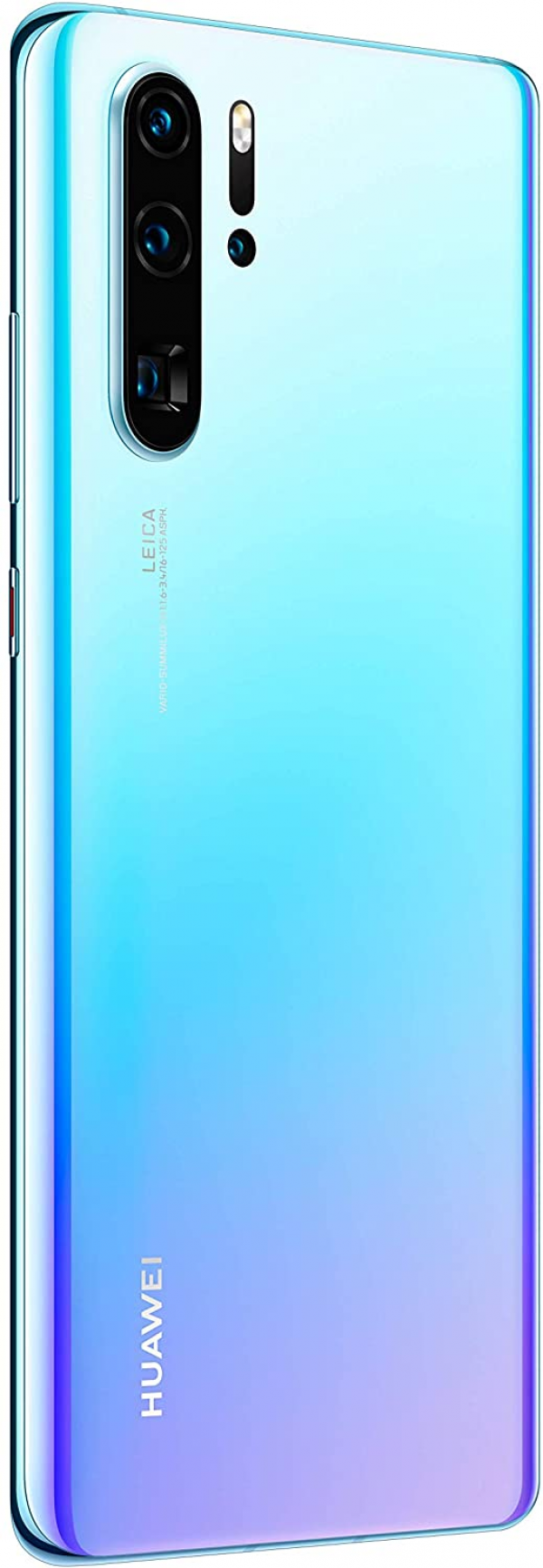
Specifications

